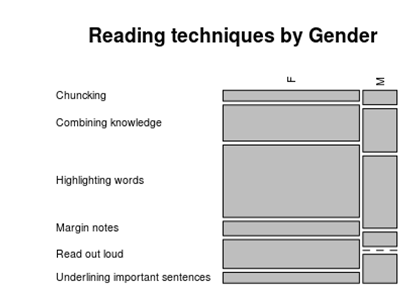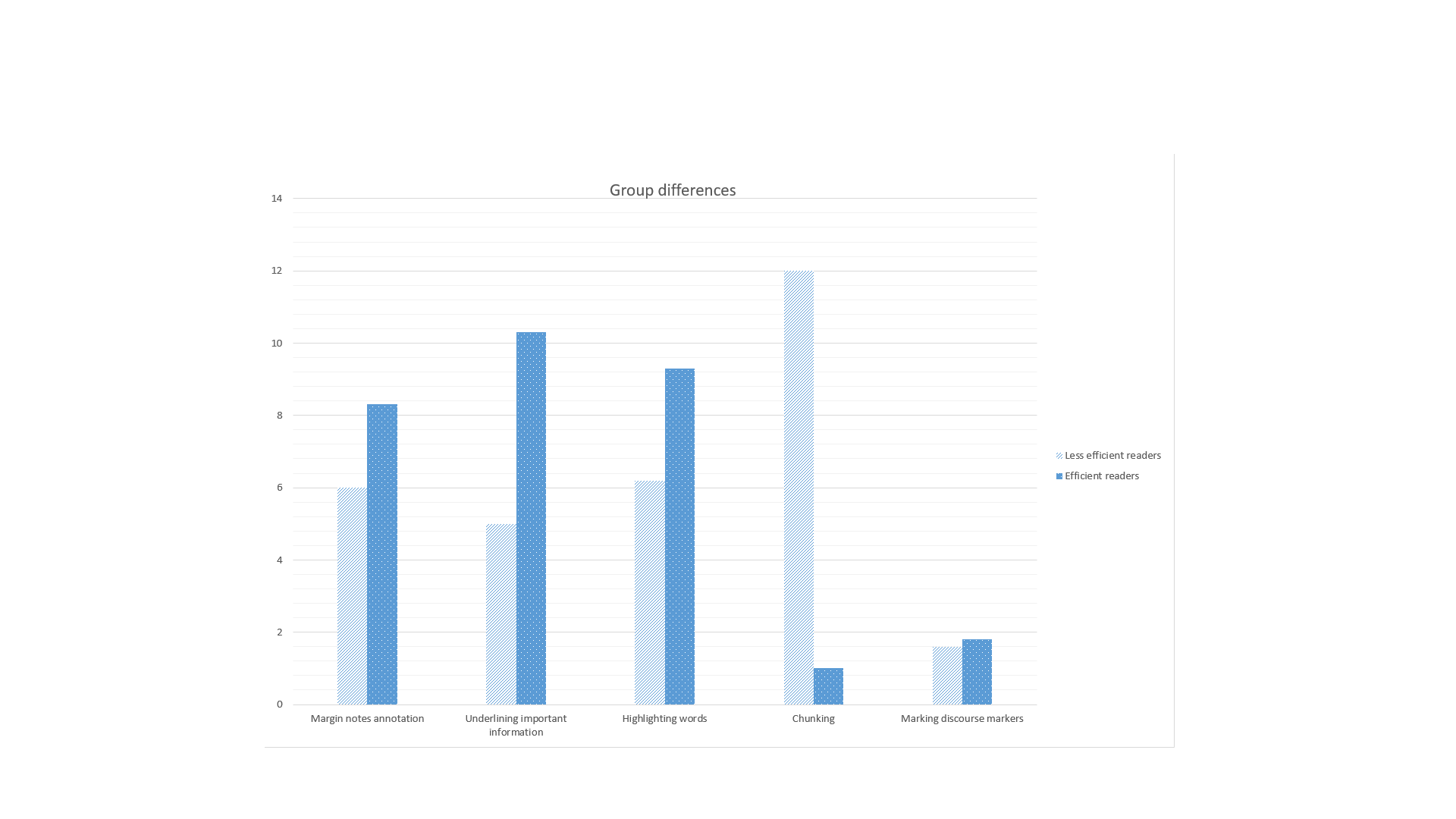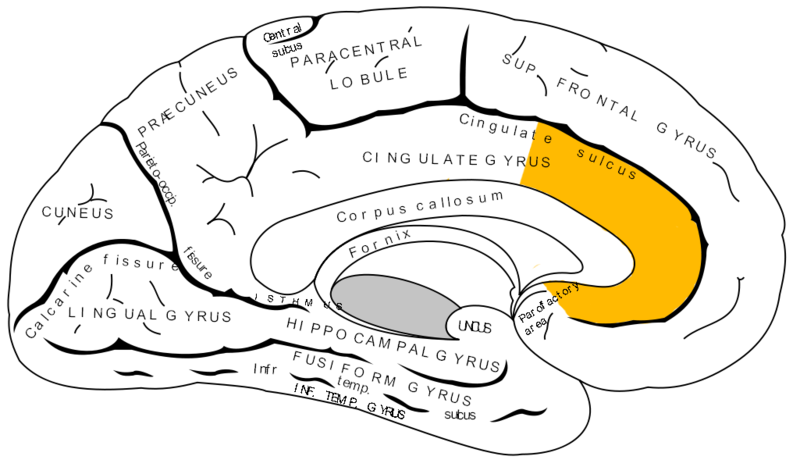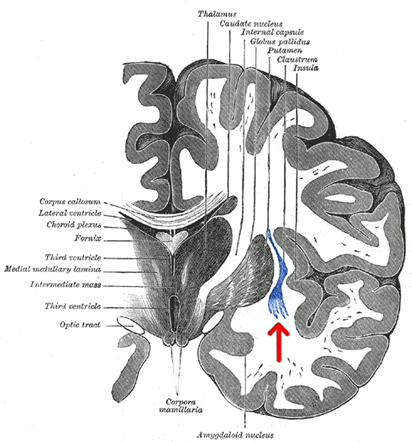|
Size: 10473
Comment:
|
Size: 10490
Comment:
|
| Deletions are marked like this. | Additions are marked like this. |
| Line 12: | Line 12: |
| ⇒ it refers to both the knowledge and the control over your own thinking and learning, an awareness and understanding of one’s own thought processes | ⇒ it refers to both the knowledge and the control over your own thinking and learning, an awareness and understanding of one’s own thought processes |
| Line 99: | Line 99: |
| ⇒ The claustrum would be involved in '''receiving''', '''assimilating''', '''integrating''', and '''channeling '''information throughout the brain _'' Edelstein and Denaro, (2004'''')''''';''' ''Remedios et al. (2014)'' ''' | ⇒ The claustrum would be involved in '''receiving''', '''assimilating''', '''integrating''', and '''channeling '''information throughout the brain _'' Edelstein and Denaro, (2004'''')''''';''' ''Remedios et al. (2014)'' ''' |
| Line 113: | Line 113: |
| It would appear that groups and communities can affect Metacognition: | <<BR>> It would appear that __groups and communities can affect Metacognition__: |
| Line 116: | Line 118: |
| So we believe that in such cases the individual best learning strategy of the child might be neglected hence efficiency decreases. | |
| Line 118: | Line 119: |
| . ⇒So we believe that in such cases the individual best learning strategy of the child might be neglected hence efficiency decreases. |
Metacognition of reading
Contents
Definition of Metacognition
First of all, what is metacognition?
- To put it in a simple way it means « thinking about thinking » (Anderson, 2002)
- According to Byrd, Carter, and Waddoups (2001), it is self-awareness of mental process. ⇒ it refers to both the knowledge and the control over your own thinking and learning, an awareness and understanding of one’s own thought processes
According to some studies there are four variables in the metacognition of reading: (Brown Campione and Day,1981/ Flavell and Wellman,1977)
The text – features of the material that has to be learned (difficulty,familiarity,interest..etc)
The task – the act of memorizing by the reader.
The strategies- which we will discuss later on.
The learner's characteristics- ability,motivation
The metacognitive strategies of learning/reading involve processes such as:
Planning: assessing knowledge before reading : What don’t I know? What do I need from this text ?
Monitoring: literal reading isn’t enough, connections have to be made in between prior knowledge and the read text: Do I understand what I just read ? We thereby determine whether that new information is relevant or not
Summarizing/Evaluating: Is what I am doing working?
Reading strategies
We can differentiate various reading strategies: (Pressley & Afflerbach-1995)
- overview before reading (chuncking/pre-segmenting the reading time)
- look for important information and pay greater attention to it (highlighting words)
- relate important points to one another
- activate and use prior knowledge(combining knowledge)
- change strategies when understanding is not good (read out loud...)
- monitor understanding and take action to correct inaccuracies in comprehension.(margin notes)
Studies show that unsuccessful students lack this strategic approach to reading (Garcia, Jimenez, & Pearson, 1998).
It was also found that dyslexic readers (poor text comprehension and spelling abilities) frequently use metacognitive strategies as a compensation to try and understand the text better (Kirby et al.2008).
Statistical approach_Gender correlation
Those reading techniques can be studied statistically. For this, we took a population of 60 individuals (48 women; 12 men), all second year veterinary students. This ratio of 80%/20% can be considered representative of the class (which is our 'population' here).
Throughout a poll, we collected data concerning the main reading techniques →The frequency proportions of reading techniques (in each gender) are displayed in the following Mosaicplot:

Chunking (or dividing): a sentence is put into phrases by slashes
Combining notes: making/gathering notes from different sources (books, internet, former students’ notes…)
Margin notes: annotations within the margin, arrow pointing at some specific parts of the text…
We can observe that the distributions (of frequencies here) are similar in between women and men, even though no male individual of the study chose "Read out loud" as a main reading technique.
We can now realise a Fisher test in order to verify if there is a link in between sexe and adopted reading techniques:
The p-value in a Fisher test is based on the null hypothesis of independence of reading technique and gender.
Here, our p-value is 0.5602. Since p>0.05, we cannot rightfully reject this null hypothesis, ⇒ i.e: we cannot prove that there is (or not) an influence of the gender on the reading technique.
Statistical approach_Reading efficiency
We could also study the correlation in between the chosen reading techniques and the results obtained at examinations: In Metacognition in Reading-Midori Shikano (2016), the qualitative study is based of 44 Japanese L2 learners at the university level.
We can differentiate:
15 participants who scored 1/3 in a summary quiz: so-called "less efficient readers"
10 participants who scored 3/3 in the same quiz: so-called "efficient readers"
In this study, we see a net difference in reading techniques according to the efficiency of the reader. We could then suppose that highlighting words, underlining sentences and making margin notes would be more efficient than chuncking.
Through this statistical approaches we could classify reading techniques in accordance to the efficiency they can provide.
Metacognition of reading and the brain
Looking for the part of the brain responsible for metacognition is like looking for the holy grail.
We don't yet know how it really works. What we know is that the Anterior Cingulate Cortex = ACC is involved in metacognition according to the studies of Jing,Niki and philips (2004). They performed the « Aha » experience (the feeling you get when understanding the solution to a problem after spending a lot of time trying to solve it), using MRI imaging to show which parts of the brain were activated in the process. They have shown that the ACC is related to metacognition & understanding.
It is also clear that the frontal lobes -especially in the prefrontal cortex- are essential in metacognition. (Pannu and Kaszniak,2005). It has been shown that patients with with frontal lobe damage have an impaired metacognition. (Shimamura and Squire,1986).
Neuroimaging studies showed that prefrontal cortex is active during judgments of learning, feeling of knowing and tip of the tongue states. It was also shown that some drugs impair metacognition, like benzodiazepines, inducing a mild amnesia.(Bacon,Schwartz et al.,2007)
There is a region in the brain that stays a mystery for scientists but has shown some connection to the human consciousnes: The Claustrum is a thin sheet of grey matter highly connected to the rest of the brain. Its name means « hidden away » (Crick and Koch,2005) because it is hidden in the inner surface of the neocortex in the center of the brain.
Extensive neuron projections have been discovered between the claustrum and the cortex, making it possible to achieve many higher cognitive functions. _ Buchanan and Johnson (2011); Crick and Koch (2005); Minciacchi et al. (1995); Tanne-Gariepy et al. (2002); Wilhite et al. (1986)
The claustrum also has connections to subcortical structures _ Arikuni and Kubota (1985); Berke (1960); Buchanan and Johnson (2011); Crick and Koch (2005); Salerno et al. (1984); Tanne-Gariepy et al. (2002)
⇒ The claustrum would be involved in receiving, assimilating, integrating, and channeling information throughout the brain _ Edelstein and Denaro, (2004'); Remedios et al. (2014)
Ways to induce awareness of metacognitive learning
We could improve the metacognitive learning skills of individuals within a population by:
Introducing -at an early stage of life at school- personality tests to determine what type of learner each individual is
How professionals (psychologists/counsellors) guide students with adapted methods according to their own learning capabilities (visual, auditive, etc) and how culture of different countries can affect this
- Detect at an early stage whether a child is dyslexic/ autistic/ suffers from Attention Deficit Hyperactivity Disorder (ADHD) or any Learning Disability (LD) for instance to help facilitate the knowledge of which type of leaning is appropriate to such individuals.
A number of self-regulation processes or strategies can be effectively taught to students with deficiencies or difficulties in self-regulation to aid in their development of these capabilities. Children with LDs and ADHD often exhibit problem behavior in the classroom. This may take the form of inappropriate verbalizations, impulsive or inappropriate behaviors, or excessive motor activity. Hence determining the problem at an early stage can help in self-regulation among students and their teachers _ Graham (2004)
It would appear that groups and communities can affect Metacognition:
For example, in communities and countries where people are more conventional and adopt more traditional ways of learning, they are not so open in trying to find out new strategies of learning for a child.
- ⇒So we believe that in such cases the individual best learning strategy of the child might be neglected hence efficiency decreases.
References
Bonnie B.Armbruster, Catharine H.Echols & Ann L.Brown_University of Illinois at Urbana-Champaign (1983) - The role of metacognition in reading to learn: a developmental perspective
Alireza Karbalaei, Mysore University (2010) - A comparison of the metacognitive reading strategies used by EFL and ESL readers
Nicola Brunswick (2015) - Metacognition and reading: Comparing three forms of metacognition in normally developing readers and readers with dyslexia
Midori Shikano (2016) - Metacognition in Reading_What are you thinking about what you are reading ?
Arthur P. Shimamura (2000) - Toward a Cognitive Neuroscience of metacognition
Carinna M.Torgerson, Andrei Irimia , S.Y.Matthew Goh and John Darrell Van Horn (2015) - The DTI connectivity of the human claustrum
Metacognitive neuroscience, Benett L.Schwartz and Elisabeth Bacon, from Handbook of metamemory and reading, edited by John Dunlosky and Robert A. Bjork (2008).
Harris, K. R., Reid, R. R., & Graham, S. (2004) - Self-regulation among students with LD and ADHD
Bernice Wong, Deborah Butler (2012), Learning about learning disabilities_4th ed.




